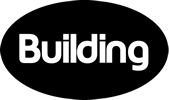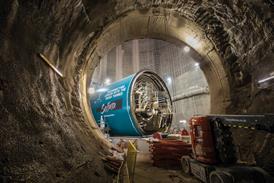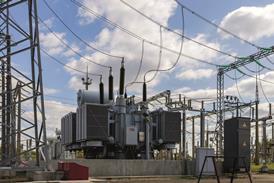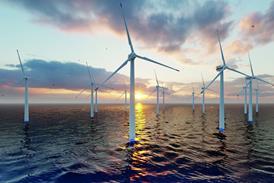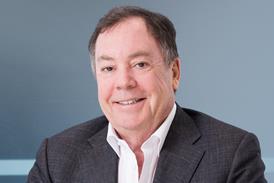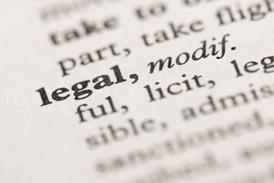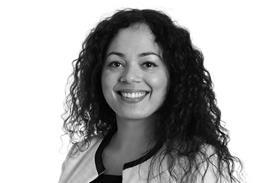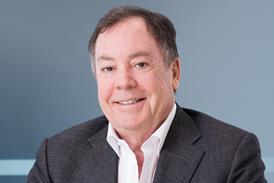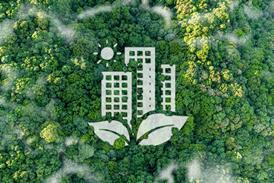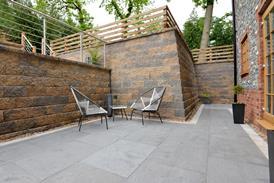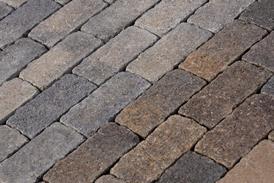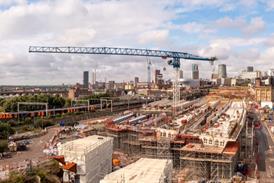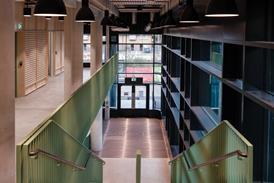- News
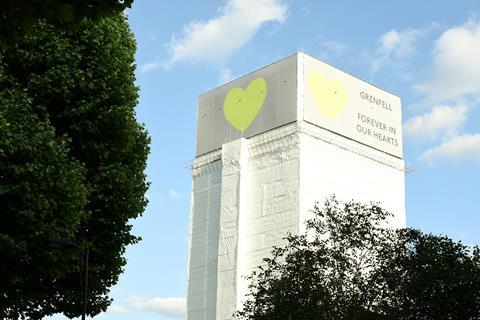
All the latest updates on building safety reformRegulations latest
- Focus
- Comment
- Programmes
- CPD
- Building the Future
- Jobs
- Data
- Subscribe
- Events
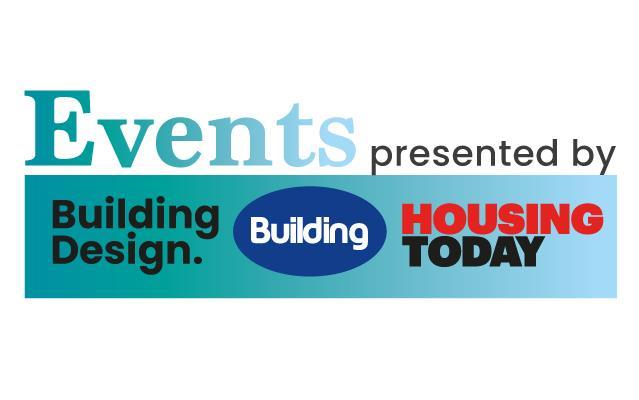
2024 events calendar
Explore now
Building Awards
Keep up to date
- Building Boardroom
One year on: What have we learned so far from Grenfell? Part one

The inquiry into the Grenfell Tower breaks for a week of reflection to mark one year since the tragedy (14 June). In this two-part feature, Joey Gardiner highlights some of the key issues to have emerged from 2,000 pages of expert reports
The official inquiry into last year’s tragedy at Grenfell Tower began in earnest last week with Danny Friedman QC articulating the “calm rage” of the survivors and bereaved relatives of those in blaze. The inquiry is designed to answer how, in Friedman’s words, a local authority in 21st-century London “instigated and oversaw the refurbishment of a social housing high-rise tower block in such a way as to render it a deathtrap”.
To that end, a mountain of submissions from those affected and the companies and public bodies involved in the building and its refurbishment were published last week, along with more than 2,000 pages of expert reports into the fire.
While the counsel for the inquiry stressed that these reports should be regarded as works in progress rather than the inquiry’s conclusions, they have brought a wealth of evidence into the public domain for the first time, and will clearly inform the direction that the inquiry will take.
For the first time, a detailed picture has emerged from the expert reports of how the fire spread, after starting within the kitchen of flat 16 on the fourth floor. Breaking out of the flat, the fire took hold in the cladding system, taking just nine minutes to spread up to the crown of the building. From here it quickly spread laterally, with burning debris from the crown setting other parts of the building’s exterior on fire. The same weaknesses in the window surrounds that are likely to have allowed the fire to break out of flat 16 then allowed the exterior conflagration to break back into the building elsewhere.
So, beyond this general picture, what have we learned about the blaze and the likely direction of travel of the inquiry from the evidence so far?
“[The cladding panels were] the primary cause of upward vertical fire spread, downward vertical fire spread, and lateral fire spread”
Professor Luke Bisby, expert witness
…
Already registered? Login here
To continue enjoying Building.co.uk, sign up for free guest access
Existing subscriber? LOGIN
Stay at the forefront of thought leadership with news and analysis from award-winning journalists. Enjoy company features, CEO interviews, architectural reviews, technical project know-how and the latest innovations.
- Limited access to building.co.uk
- Breaking industry news as it happens
- Breaking, daily and weekly e-newsletters
Get your free guest access SIGN UP TODAY

Subscribe now for unlimited access
Subscribe to Building today and you will benefit from:
- Unlimited access to all stories including expert analysis and comment from industry leaders
- Our league tables, cost models and economics data
- Our online archive of over 10,000 articles
- Building magazine digital editions
- Building magazine print editions
- Printed/digital supplements
Subscribe now for unlimited access.
View our subscription options and join our community
